Perk Up with 6 Tasteful Malaysian Drinks
Lighten your mood and rejuvenate your senses with 6 must-try Malaysian drinks!
Discover the authentic in Asian cuisine food
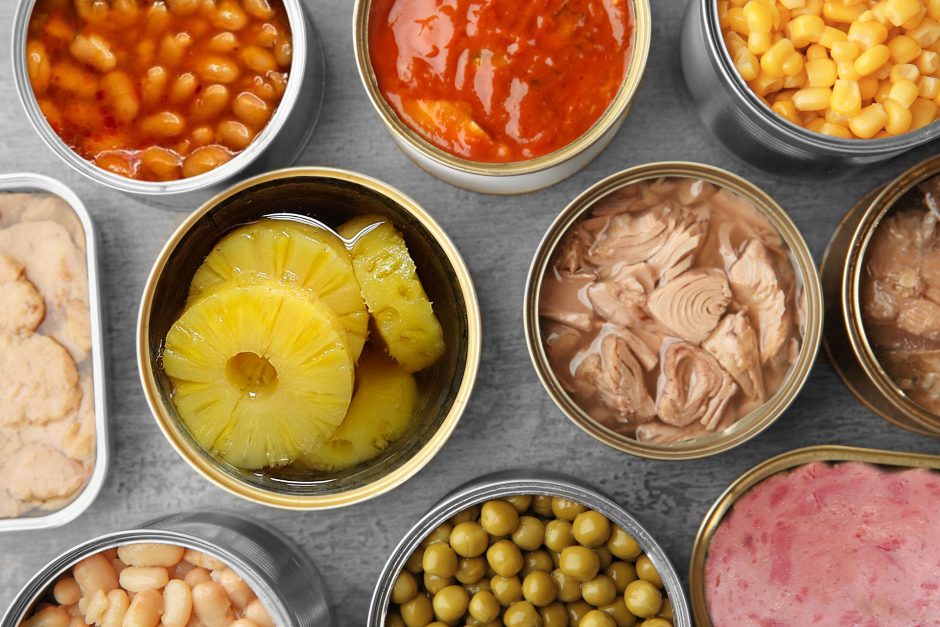
Canning as a food preservation method was invented in 18th Century Europe, initially to supply the armies; and quickly became a fad among the public after WW1, thanks to the affordable pricing, convenience in cooking, and long shelf-life. The method, ingredients, and recipes had been improved over the centuries. Nearly every country in the world today has its own myriad brands and varieties of canned food; while some like spam have localized versions, even in Asia.
But wait, aren’t canned food generally considered to be less healthy? Well, according to studies in the Journal of the Science of Food & Agriculture, as well as the American Journal of Lifestyle Medicine – many types of canned foods are actually packed with nutrients that do not deteriorate before their expiry dates; which means you get as much goodness as with fresh food. This is thanks to the air-tight sealing that keeps canned food in a sterile vacuum until they are opened. The subsequent heating process kills off any and all bacteria, thus further ensuring the food is safe before the cans are labelled and distributed for sale.
However, some canned food may have excessive salt and sugar, so always check the label – less than 5% of each, per recommended serving is best. Canned food containing single food items are generally healthier than pre-cooked dishes like pasta and stews, as the latter type usually has more salt and other added preservatives. Also, make sure the can isn’t dented, scratched, rusted, swelling or damaged in any way. Once opened, be sure to treat the food like it is fresh – seal properly and store in the fridge if you want to save for the next meal, and preferably finish it within two days.
Since its introduction to Asia through colonial trade, canned food has not only become a common food source but also adapted and evolved into ingredients for various unique and flavourful dishes across all regions and cultures. In fact, some of these beloved delicacies can’t do without canned food.
Here are our handpicked favourites!
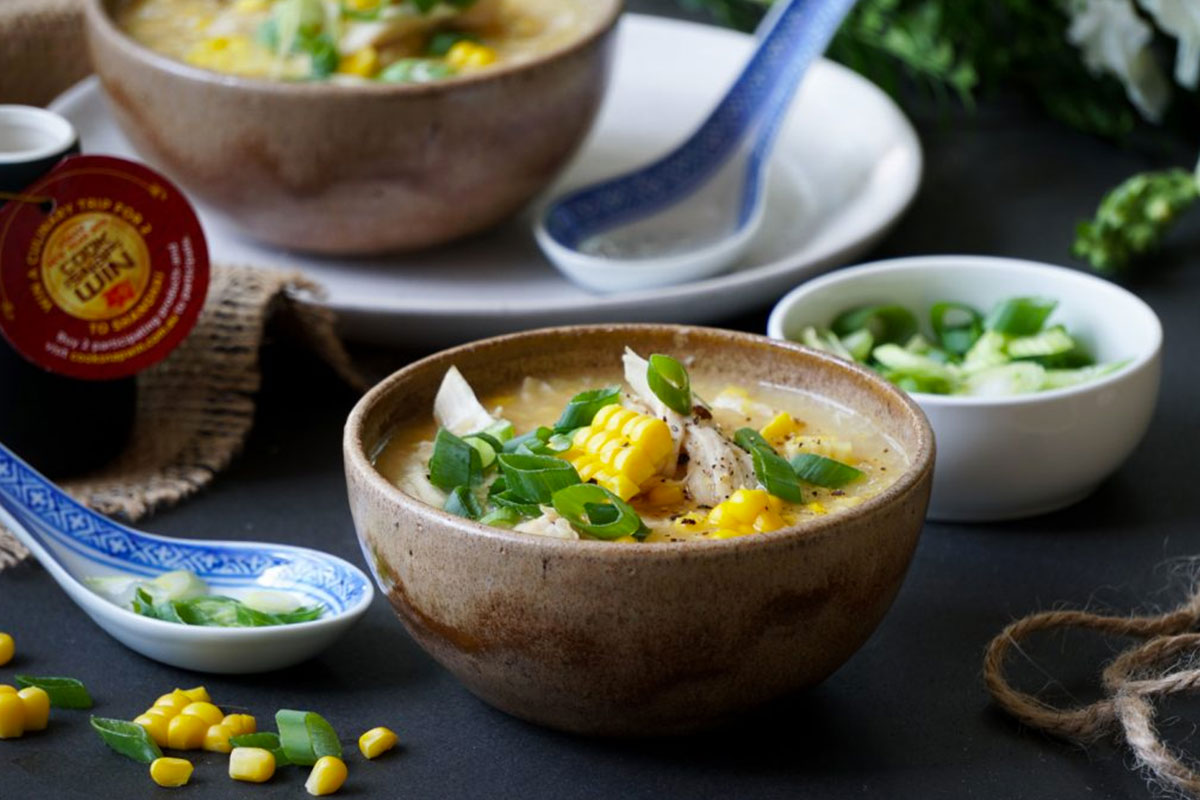
The liquid in canned cream corn is usually made with the corn’s kernel and starch, thus maintaining the core goodness – high fibre, low fat. Enjoy it with chicken in this marvellous award-winning Chinese special by Melanie Katz. Warm and deeply umami.
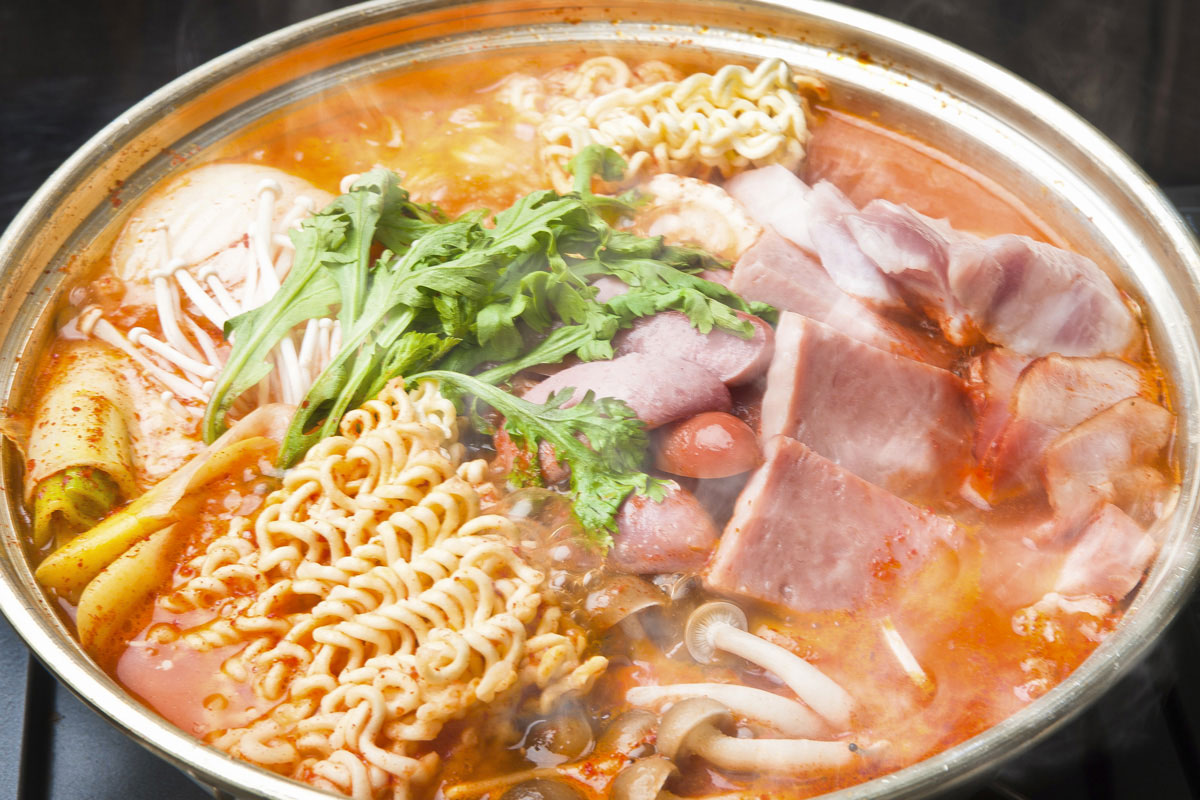
Created after the armistice that ended the Korean War with food supplies smuggled from US army bases stationed in South Korea, it’s no wonder that the Budae Jjigae stew features one of the world’s favourite canned food: spam. But that’s not all. This spectacular stew is a piquant hot pot of rich, flavourful goodies like minced pork, frankfurters, zucchini, baked beans and Korean ramen noodles; seasoned with cooking sake, as well as Korean chilli powder and chilli paste. A sumptuous, satisfying meal that’s surprisingly simple to cook.

Never mind the same-old baked beans with bacon and eggs. Go full umami flavour with this omelette that combines tangy tomato and tender baked beans with the herbal tinge of coriander, clove garlic and shallot; seasoned with salt and pepper. Best enjoyed with white rice.

Yes, even herbs can be preserved, and the mason-jar technique was actually the precursor to canned food – still used today to preserve many Asian ingredients, including lemongrass and kaffir lime leaves for Thai cooking. Taste the mouth-watering fragrance in this Thai prawn salad with chilli. A delectable, spicy treat.
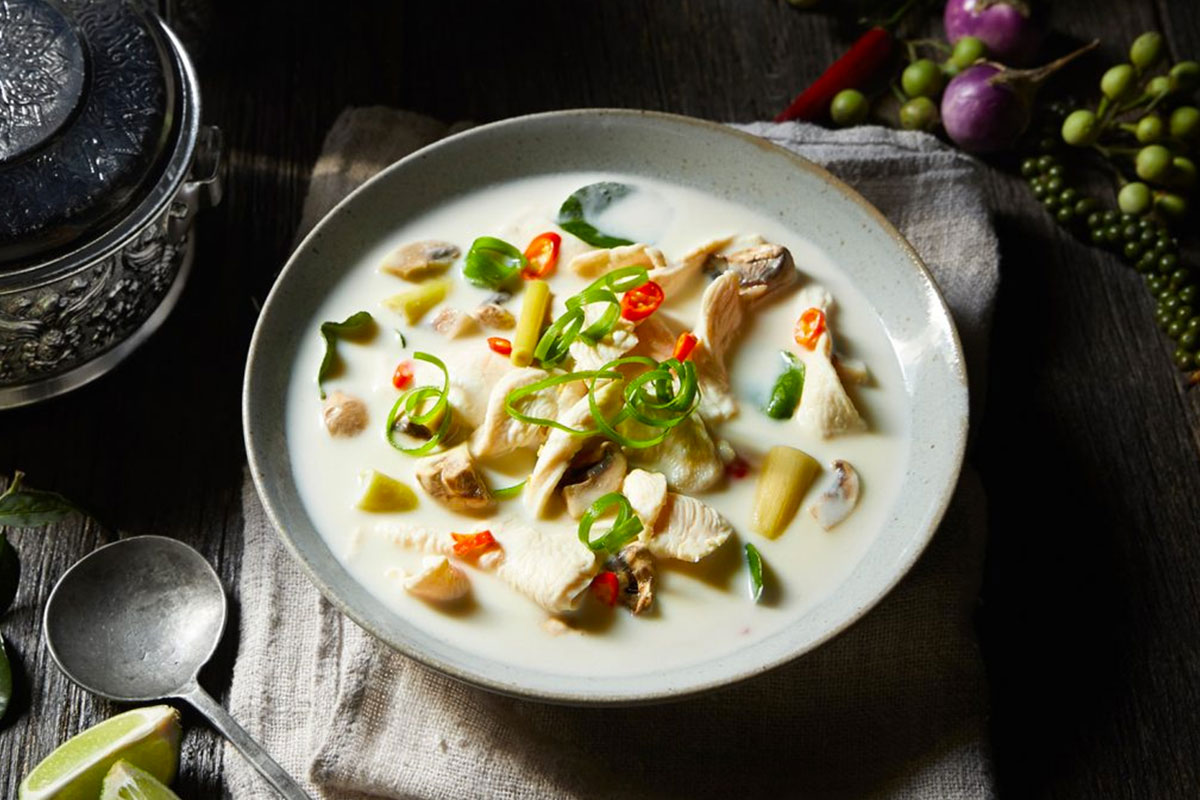
Warm your winter evenings with this simple yet creamy and tasty Thai soup with tender chicken fillets and mushrooms; seasoned with fish sauce, Valcom kaffir lime leaves, lemongrass, coconut milk and coriander roots; with a sprinkle of sliced chilli.

Water chestnuts are not a type of ‘nut’, but an Asian-native aquatic vegetable that grows in marshes with a corm and root underwater, and long thin leaves above. The edible corm with black skin and white nut-shaped flesh is the water chestnut. Besides eaten raw, these cuties are also preserved and sold in cans or jars; used in Asian cuisine for the crunchy fruit-like texture, and nutty taste. Try it in this Filipino spring roll treat - succulent large prawns, minced pork and spring onions; flavoured with salt, pepper and soy sauce, deep-fried to golden perfection.
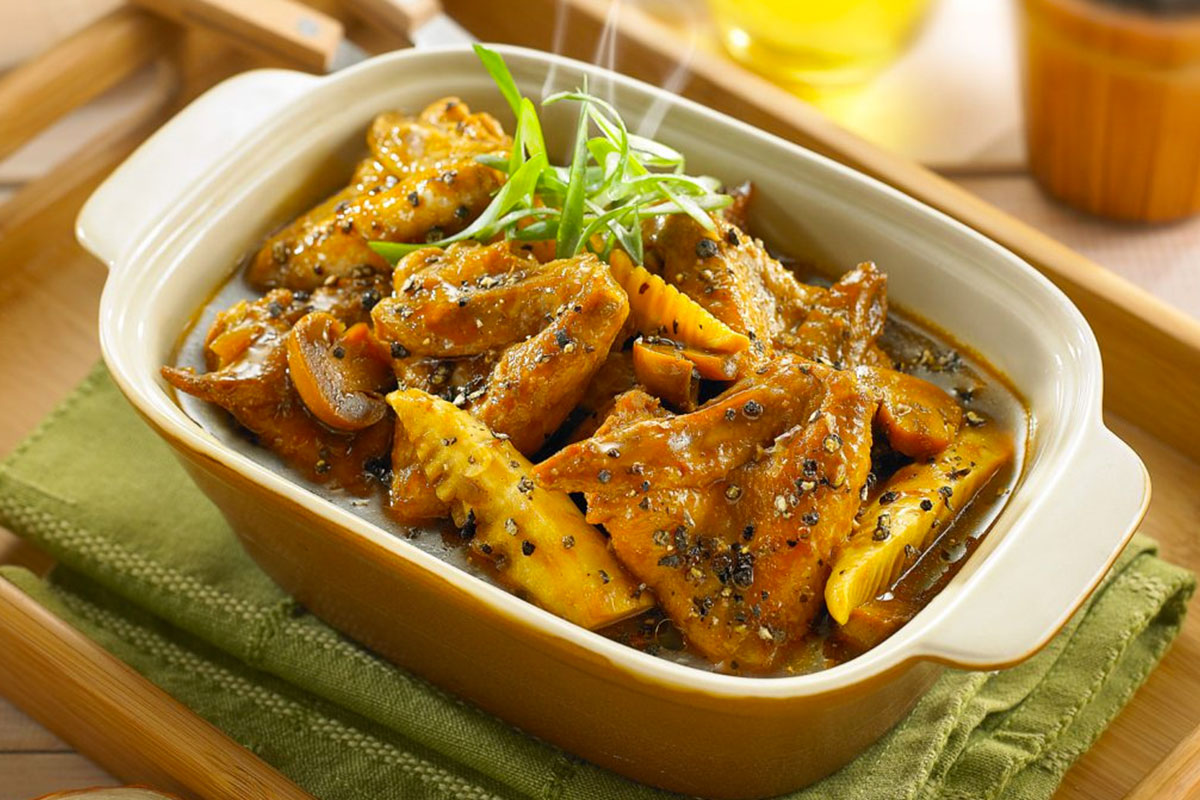
Canned Champignon mushrooms are used in many Asian home-cooked dishes, including this unique Indonesian stew with chicken wings, onions and bamboo shoots; flavoured with black pepper, soy sauce, sesame oil, and clove garlic. Perfect for a sumptuous lunch-box meal.

This classic Chinese favourite combines the sweet-sour fruity goodness of canned pineapples, crunchy capsicum and succulent pork marinated with soy sauce, Shaoxing wine, sesame oil and white pepper; drizzled in a rich flavourful sauce. Always a yummy delight, best enjoyed with rice.

Lighten your mood and rejuvenate your senses with 6 must-try Malaysian drinks!

Pair your hearty barbecues with these refreshing Asian delights!

What are the properties of ginger, and how to pick, store and use ginger in your cooking? Find out here!